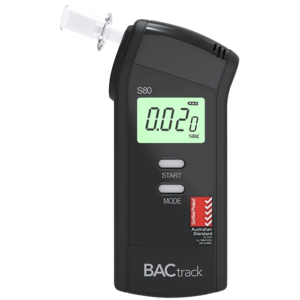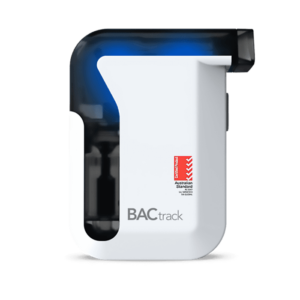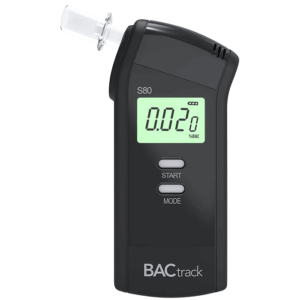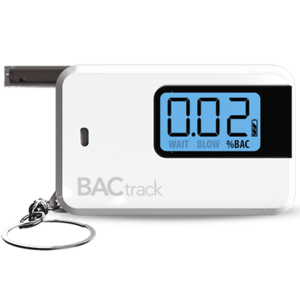Hair Sample for Alcohol: What It Is, Collection Process, and How It Works
01 March, 2024
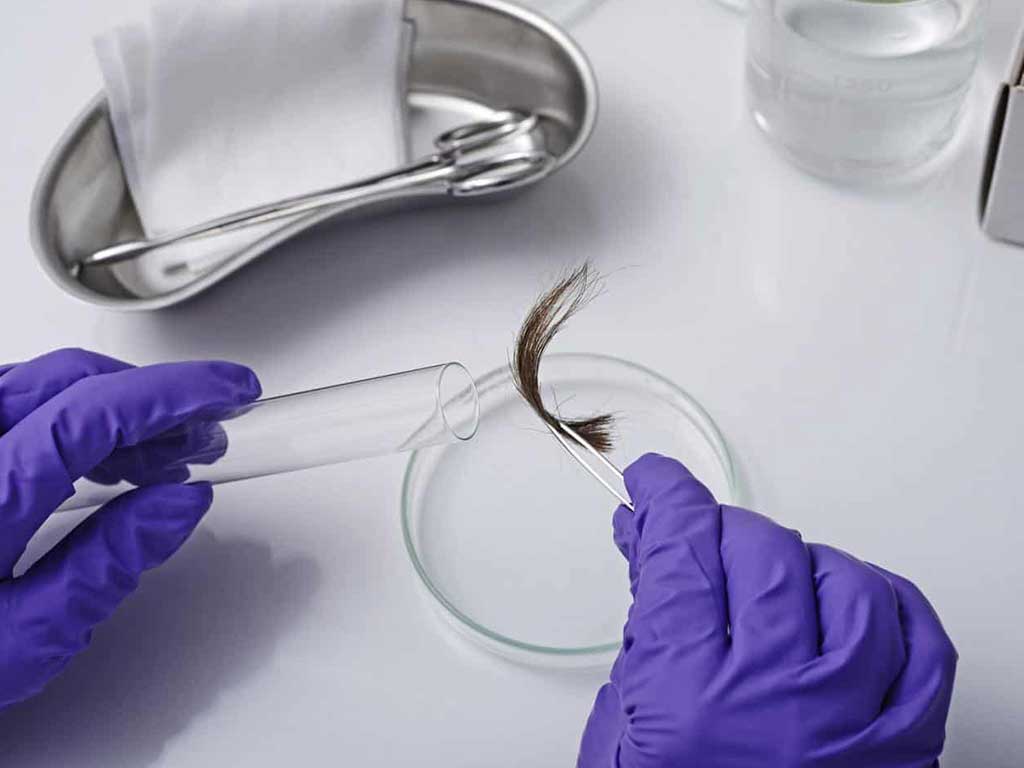
Alcohol misuse is a prevalent issue that many struggle with daily. For monitoring the intake of ethanol, breath and blood tests are some of the common procedures. However, people can also use a hair sample for alcohol testing. It is a method that uses human hair strands to detect ethanol intake over months. The collection process requires about 90 to 120 strands. These are then sent to a laboratory, which traces direct biomarkers in the strands.
Excessive alcohol consumption can cause severe negative impacts on individuals and those around them. This is why organisations use various testing methods to objectively and accurately assess alcohol abuse. In particular, alcohol hair tests are ideal for verifying alcohol abstinence or lack thereof due to their long detection window. This article will provide an overview of hair follicle alcohol testing, its collection process, and how it works.
Hair Sample for Alcohol – What Is It?
A hair sample for alcohol testing is a method for detecting the presence of alcohol biomarkers in the system of an individual. It provides a comprehensive overview of the drinking habits of the individual by measuring the concentration levels of the direct metabolites of alcohol.
Hair tests are typically used for situations where an organisation benefits from a lengthy detection period. Workplaces may use these for pre-employment testing before offering a safety-sensitive position to a job applicant. Medical professionals can also utilise this type of test to verify the self-reported abstinence of individuals in alcohol misuse rehabilitation programs.
Moreover, hair testing is also crucial for legal purposes, such as during child custody disputes or forensic investigations. It provides an accurate and reliable assessment of liquor consumption over a period of months. The process is usually done in an accredited testing facility. However, there are also hair collection kits that individuals can send to laboratory testing services for convenience when conducting personal testing.
Benefits of Hair Testing
- Non-invasive: the sample collection procedure does not cause discomfort or pain. Moreover, there are no risks of infections or other complications.
- Supervised process: individuals cannot tamper with the samples during collection since the collector typically gathers the specimen.
- Lengthy detection window: the alcohol detection period is significantly longer than other types of alcohol tests.
- Sample longevity: hair specimens do not deteriorate as quickly as urine samples or blood samples, reducing the likelihood of inaccurate results.
- Accuracy: the information from hair alcohol testing is accurate and reliable enough to serve as evidence for legal alcohol testing needs.
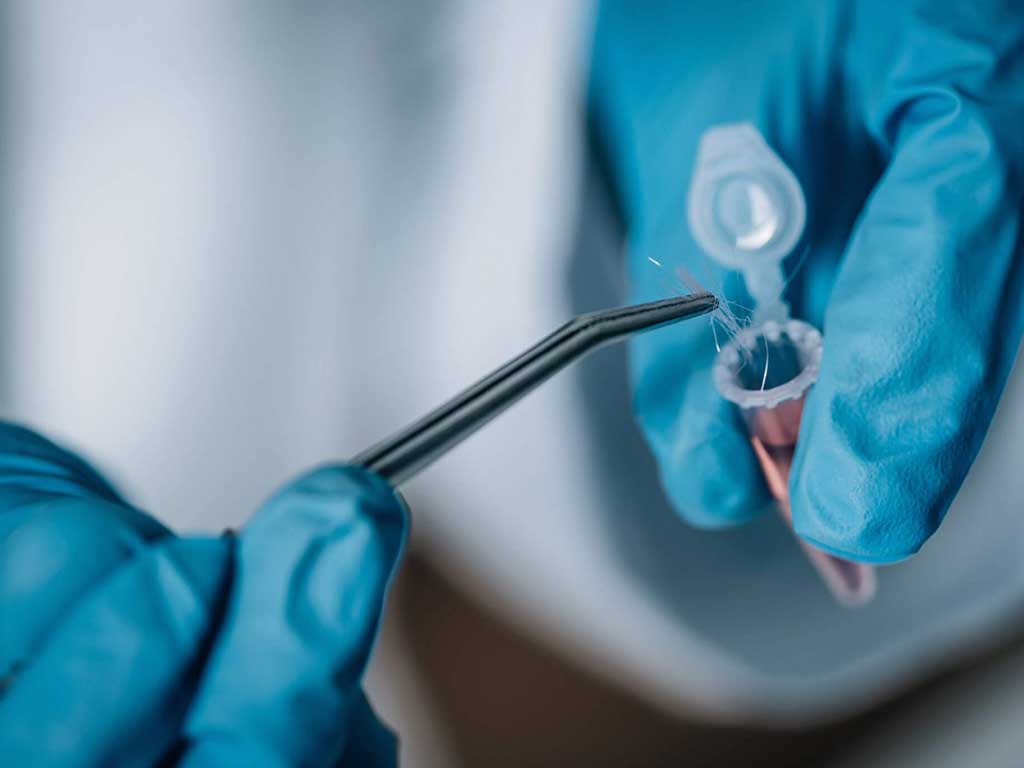
Collection Process for Hair Sample for Alcohol
When conducting the collection process for a hair sample for alcohol testing, individuals must follow the instructions of the trained collectors. There are specific guidelines for hair alcohol screening that are crucial in ensuring the accuracy and reliability of the results. It involves several key steps.
The process typically starts with the collector taking head hair samples. However, body hair samples may also suffice when scalp hair is unavailable. The collector must gather 90 to 120 (50-100 mg) individual strands for an adequate quantity. These should be 3.8cm at a minimum to provide sufficient data. Then, collectors carefully place them into sterile containers to avoid damage and contaminants. This measure can help reduce false positive results.
Afterwards, they transport the hair specimen to a testing laboratory. Before analysis, the lab technicians wash the hair strands to remove impurities. Hair testing laboratory analysis typically uses the Enzyme-Linked Immunoassay Absorbent (ELISA) testing method for initial screening. They may also use Gas Chromatography-Mass Spectrometry (GC-MS) to quantify the amount of ethanol in the hair shafts.
Head Hair vs. Body Hair
Lab professionals can use head and body hair for hair alcohol testing, depending on the availability. However, head hair is generally preferred due to its more consistent growth rate of 1.27 cm per month. On the other hand, body hair grows at a slow rate and can vary among different body parts.
Moreover, scalp strands for a hair follicle alcohol test are preferred samples due to the quantity and length required. It is also easier to collect without others noticing since collectors can collect from multiple areas of the head to avoid causing a bald patch.
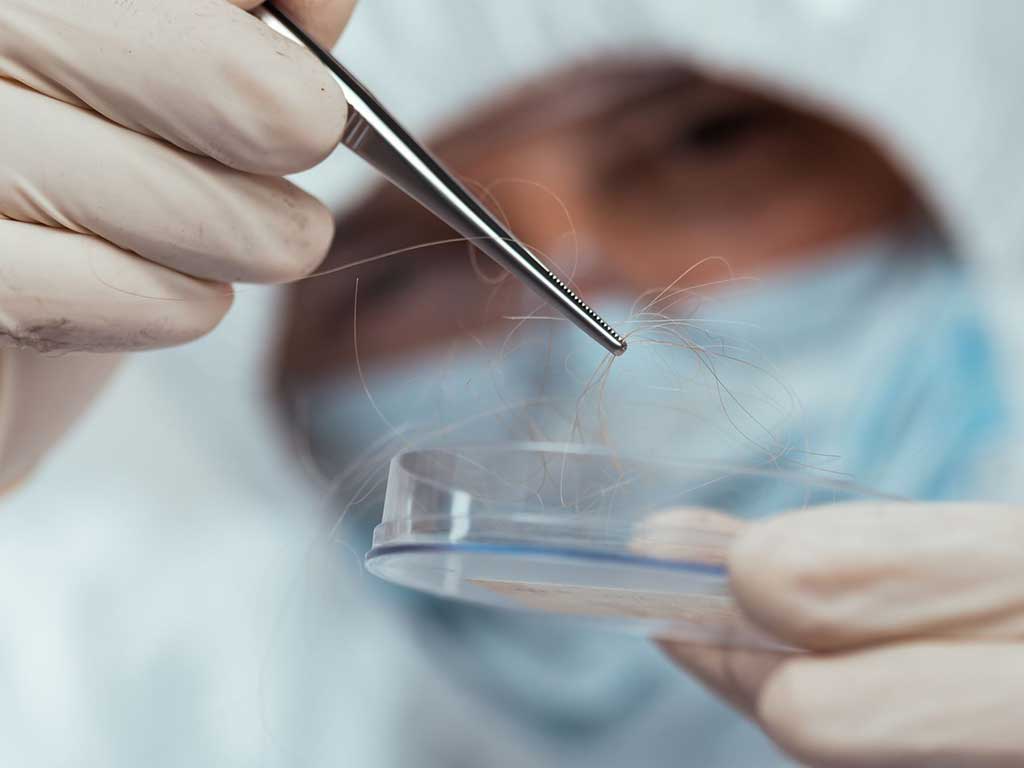
Hair Sample for Alcohol – How It Works
Using a hair sample for alcohol testing works well for tracing the pattern of alcohol consumption. This is because after drinking, the liver breaks down the alcoholic drinks into various alcohol metabolites. An example of a metabolite of ethanol is Ethyl Glucuronide (EtG). Another alcohol marker is Fatty Acid Ethyl Esters (FAEE). Laboratories can use either of these direct biomarkers for an alcohol hair test.
Generally, the length of the hair strands corresponds to the approximate time period the test can detect alcohol consumption. An EtG test is highly accurate because EtG is a direct marker of the consumption of alcohol. It also has a high specificity and is reliable for multiple testing. Hence, EtG testing using hair strands can effectively identify alcohol abuse.
However, there are limitations to hair follicle testing. For example, chemical treatments can damage the hair matrix, which can interfere with subsequent laboratory reports. Moreover, regularly using alcohol-containing hair products for cosmetic treatments can also affect the accuracy of the report.
Detection Window
The typical detection window of hair strand alcohol testing is 90 days. However, some laboratories offer a 6-month period or even a year. Generally, one cm of head hair is needed to trace one month of alcohol consumption. Nevertheless, collectors typically take an excess length to ensure reliable hair follicle alcohol testing.
One of the main advantages of hair strand alcohol testing is its extended period for detection. It is significantly longer than breath, urine, saliva, and blood alcohol tests. Nevertheless, it is crucial to note that the alcohol test cost usually also increases because of the complexity.
Conclusion
Using a hair sample for alcohol testing is an ideal method for tracing alcohol consumption over a long period of time. The test can use either head or body hair, depending on the availability. Moreover, the collection process typically requires 90 to 120 strands that are at least 3.8 cm to trace up to 90. Some laboratories offer longer detection periods of up to a year. However, this will also require longer hair strands.
Hair strand testing works by tracing the direct biomarkers of ethanol. These can either be EtG or FAEE. EtG analysis is more common because it can be traced in body hair samples. In the lab, the technicians first wash the hair to remove external contaminants. Afterwards, they can use the ELISA or GC-MS analysis methods for accurate and reliable reports. It is important to note that hair testing can be more expensive than saliva or urine tests.



















